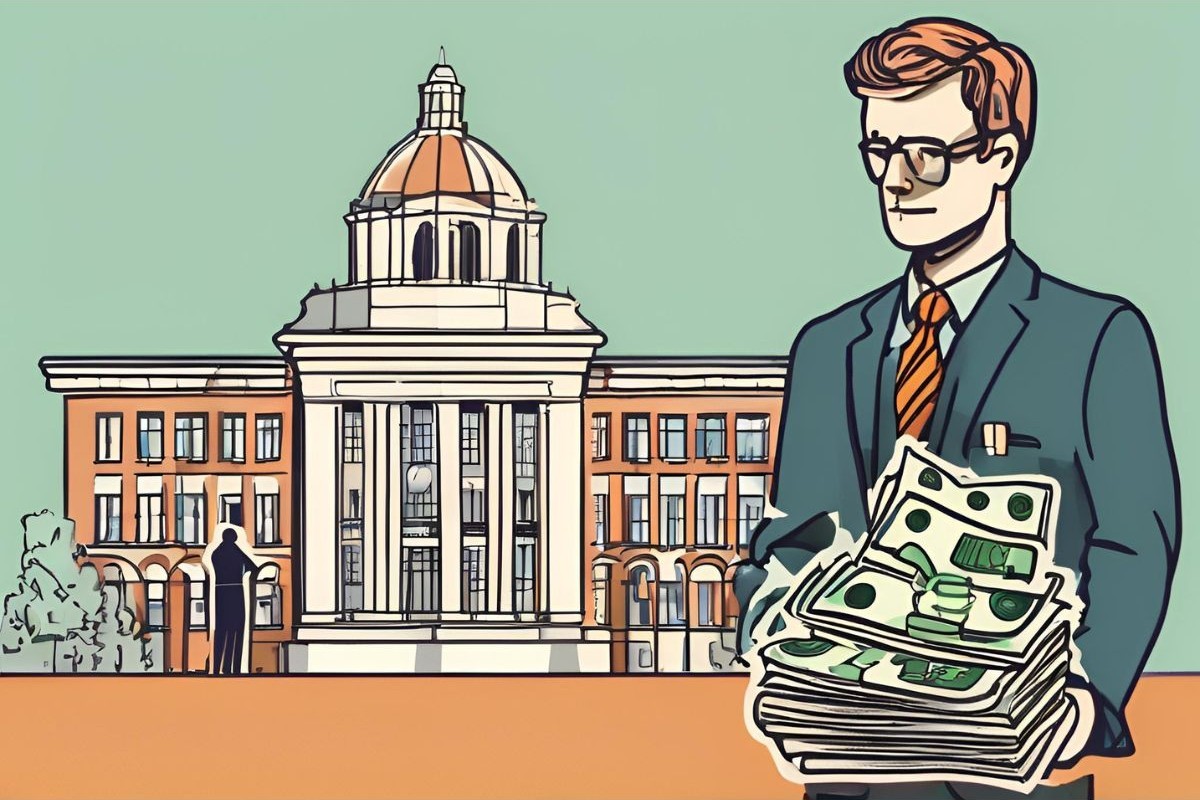The federal cuts to science and research funding mean US universities are leaning more on spinout funds and tech transfer offices to generate income.

US universities are speeding up efforts to commercialise the research coming out of their labs to help counteract the Trump administration’s cuts to their science and research funding.
Stephen Susalka, CEO of AUTM, the US association of technology transfer offices, says a lot of universities in the US are developing internal venture funds to develop technologies emerging from university labs. “That is a neat approach that is ever more important right now in that it’s not reliant on federal funding.”
Only about a third of US research universities have investment funds, according to GCV research, a smaller portion than in other regions such as Europe, Australia and Japan. But US academic institutions are increasingly setting up funds either internally or partnering with third-party VC funds. Just last week, US early-stage venture capital firm The House Fund launched a fund to invest in University of California, Berkeley research in artificial intelligence as a direct result of the federal cuts.
This is a time of great uncertainty for US university technology transfer offices tasked with commercialising research from their institutions. The Trump administration’s funding cuts directly impact tech transfer offices, which are often financed through so-called indirect funds that universities receive from the federal government.
The pipeline of invention disclosures stemming from university research is also expected to fall, resulting in a fewer licensing opportunities and spinouts. AUTM research shows a direct correlation between the amount of research funding that universities receive from the federal government and the number of inventions that university researchers submit for patents.
“In 10 years from now, the number of new drugs on the market might actually go down.”
Stephen Susalka, CEO of AUTM
Susalka says the impact of cuts might not be felt immediately but in a couple of years “when there is a dearth of invention disclosures. That is just going to wind its way through the pipeline. So, in 10 years from now, the number of new drugs on the market might actually go down,” he says.
While the funding cuts are a blow to tech transfer, they also indirectly may elevate the importance of their role in commercialising research and place more impetus on pulling in private sources of capital.
“One institution had been trying to reach out to the university administration for years. They were just not interested because they had other priorities. Now they want to get together for coffee.”
Stephen Susalka, CEO of AUTM
“One of the outgrowths of this situation that we’re in is a recognition of the importance of tech transfer at a level that I don’t think has been recognised since the Covid pandemic,” says Susalka. “We’ve had one institution that said they had been trying to reach out to the university administration for years on the work it has been doing. They were just not interested because they had other priorities. Now they want to get together for coffee and know what they are working on.”
Harvard University, which has brought legal action against the US administration after it froze $2.2bn in funding, has filled the homepage of its website with stories about successes from the commercialisation of its research.
University funds are also positioning themselves to support technology transfer and the researchers seeking to commercialise research. “We are in a very unique position in that we can be helpful,” says Nate Costa, director of Launch Oregon, a new fund that finances spinouts from the University of Oregon.
“We plan to be as helpful as possible to the folks that we interact with, specifically our faculty innovators, the groups that have started up companies around their intellectual property and are trying to take that technology and commercialise it into the market, to have an impact on the world and potentially a return on investment,” says Costa.
The fund director says he has talked to a lot of angel investors, in particular, who are connected to the university and want to help fund technologies amid the uncertain funding environment. These types of investors are committing capital earlier than they would have without the funding cuts.
“Typically, we have the angel investors kind of waiting on the sidelines, and there’s a little bit more of a bit longer timeline, more of a de-risking strategy, which takes place. But obviously, that might not be an option. So, we’re allowing the angel investors to engage earlier than we had previously,” says Costa.








